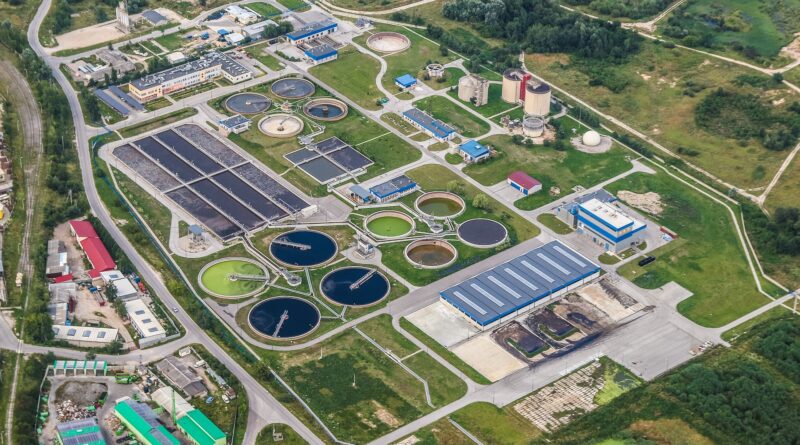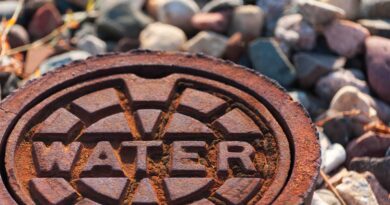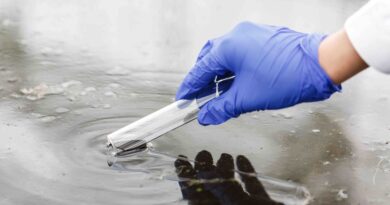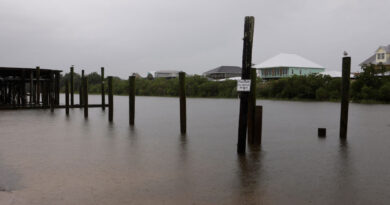City of Wasilla’s Path Modernizes Wastewater Infrastructure
Wasilla, Alaska, is using $5.7 million in Community Project funding to overhaul its aging wastewater infrastructure, a system still dependent on septic tanks dating back to the 1980s. Once adequate for a small town, the outdated system is now a barrier to growth in one of the nation’s fastest-growing cities. With limited land, nearby lakes and challenging permafrost conditions, Wasilla faces high replacement costs, sometimes exceeding $50,000 per household, and risks to both drinking water and future development. Recognizing these challenges, city leaders have made wastewater modernization a top priority, with a 20-year master plan under development and construction slated to begin in 2026.
Community Project dollars will cover about 20% of the project’s total costs and are already driving early progress. Planned upgrades include expanding a sludge digestion facility, considering a new floating suction dredge and renovating sludge drying beds for year-round use. These investments are paired with research into long-term efficiency and cost savings, ensuring the city grows sustainably while protecting its environment. Residents and businesses strongly support the project, highlighting the need to protect drinking water and support development. Wasilla leaders have also emphasized community engagement and close collaboration with federal partners to keep the project moving, demonstrating how congressional funding can directly shape a community’s future.




